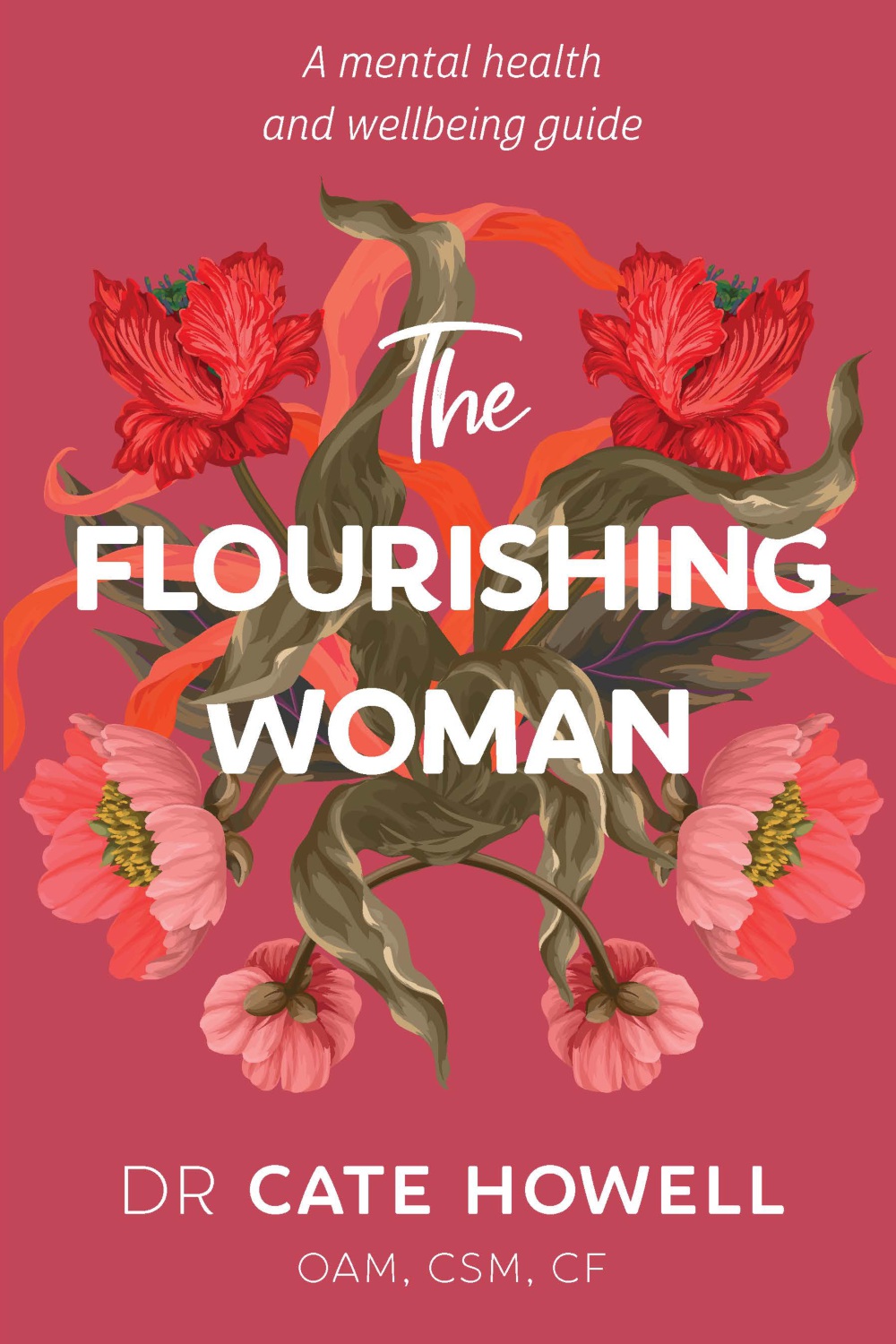A reasonable level of stress can help us get things accomplished and we often perform better when there is some stress. However, we will feel uncomfortably stressed when we see demands as being beyond our ability to cope, especially when involving a situation that is unpredictable or we don’t have a lot of control. Our bodies and minds are designed to respond to sudden or short-term stress. But a lot of today’s stresses are more chronic or ongoing.
The main causes
We can feel stress in response to any demand or perceived threat we face (such as losing a job). Chronic stress is often experienced in our day-to-day modern lives, with family, financial or work stressors. Technology has added many layers of stress, including keeping up to date with developments, the ever-present texts, alerts and emails (and the expectations about responding quickly).
We react to threat with the “fight, flight or freeze” stress response. This response is there to protect us and dates to prehistoric times.
Thousands of years ago, when out hunting for food, humans might have come face to face with a dangerous animal. We saw the animal, our brain recognised the danger, then a number of changes happened in the body to prepare us to fight the animal, run back to the cave or freeze (play dead).
This response is still automatic in our brains today. The fight or flight response also involves the release of a number of stress hormones, including adrenaline.
This results in a faster heart rate, to pump blood to the muscles so we can run or fight. Less blood goes to the brain, the skin, the fingers and toes, and the gut. We don’t need to think or digest food if we are about to be eaten! This is why we may feel foggy, tingly or nauseated when stressed.
Glucose moves into the bloodstream to provide energy and we become more alert through the senses (hearing, sight, smell). We sweat more to cool the body, and the breathing rate can become quicker and shallower to get more oxygen around the body.
WAYS TO DEAL WITH STRESS AND ANXIETY
1. Review lifestyle and have a check-up
Focusing on a healthy lifestyle is always important in reducing stress and anxiety. In particular, limiting alcohol and caffeine, getting some regular exercise, eating healthily, improving sleep, managing stress, taking time out to relax, reducing substance use, enjoying activities and connecting with others can all help.
Practising mindfulness regularly and disconnecting at times from phones, tablets or laptops can also assist. And don’t forget about humour – having a good laugh can help relieve stress and anxiety.
Have a check-up to make sure the symptoms of physical illnesses are not mimicking anxiety.
Apart from helping sort out physical health issues, a doctor can also listen and offer support, discuss lifestyle and provide information. They can assist in developing a plan of management, including what to do in a crisis. They can also suggest an appropriate therapist.
2. Reduce your ‘stress bucket’ and learn to relax

We have about 60,000 thoughts a day! Many of them are not true. They are there to give us information, but we don’t have to believe them all.
Each day is filled with demands, from doing things for family members, to going to work and paying the bills. Imagine that we all have a bucket inside of us. The bucket can hold a certain amount of stress or anxiety, but each demand adds more to the bucket and it gradually fills up. If the bucket gets too full, we might find that when a final stressful event happens (even a very small thing), we can feel overwhelmed and our stress level spills over with feelings like irritability or frustration, or out-of-character behaviour.
The opposite of feeling stressed or anxious is feeling relaxed, so learning how to relax is vital. There are different ways to relax and these generally work via the “parasympathetic” arm of the nervous system (including the vagus nerve). The easiest way to activate this system and to relax is to breathe effectively. When we feel calm, we take about 12 breaths per minute – when anxious, this might rise to 25. This is why relaxation strategies so often involve breathing.
BREATHING TECHNIQUES TO TRY
Sit or stand up straight. Place your right hand on your upper chest and your left on your abdomen. Taking medium-sized breaths, focus on breathing down into the belly. Feel the abdomen move in as you breathe out, and out as you breathe in. Aim to breathe in for three counts and out for three counts – counting in two, three, and out, two, three – and this will lead to about ten breaths a minute.
Imagine a square shape and follow each side in your mind. Travel up the left-hand side as you breathe in slowly for four counts, across the top as you hold your breath for four counts, down the right-hand side as you breathe out for four counts, then hold for four across the bottom and back to the start for four counts. Keep repeating these steps.
Find a piece of paper and a pen. Place your hand on the paper and slowly draw around your thumb, breathing in with the upstroke and out with the downstroke. Repeat with each finger.
Sometimes other strategies are needed to reduce the level of stress in the bucket. These might include getting more sleep, or possibly learning to say no more often, delegating or dropping some tasks and setting boundaries with others.
3. Identify and work through related issues
It can help to identify the issues causing stress and anxiety, and actually write them down in a journal to get them out of your head and onto paper. There may be external causes, such as work, relationship problems or financial stress; or internal ones, such as demands or expectations we might place on ourselves. We may be impacted by high expectations we put on ourselves, for example to look or behave in certain ways, or in relation to being a mother or caring for a family.
We often have to deal with problems, but like anything else, we might be able to learn something extra to help. Problem-solving is especially useful when anxious feelings feel overwhelming. It involves sorting out what the specific problems are and looking at practical ways to manage them. It helps us to decide on the best possible solution for the problem (not necessarily the most perfect one).
When problem-solving, start with the simpler problems rather than the complex ones. Work through problems one at a time and go through each step one at a time.

THE STEPS INVOLVED IN PROBLEM-SOLVING ARE:
- Define the problem in specific yet everyday terms. Spend time really thinking about this. For example:
“I feel stuck in my job and I want to make a change, but I am worried about not having enough money.”
Make a list of all the possible solutions. Brainstorm as many outcomes as possible, even some wild ones (these can always be discarded).
Think about the pros and cons of each solution.
Then choose the best possible solution!
In problem-solving, we also need to predict challenges that might arise and think about how to deal with them. We need a plan for carrying out the solution, which is broken down into small steps. Remember, even a partial success is a win and we may not resolve the problem with the very first solution.
4. Tap into therapies & avoid the traps

Talking with someone who listens can help us sort through feelings of stress or anxiety. We feel supported and as we talk, the brain is processing what has happened and we are sorting out a way forward in our own mind.
Cognitive behaviour therapy is based on the idea that our thoughts, feelings and behaviours all influence each other. We can’t change how we feel on the spot, but we can change our feelings by working with thoughts and actions. Examples of actions we can take to reduce anxiety include relaxation techniques. Doing enjoyable activities, such as reading a book or walking, can help us find calm too. Or allocate “worry time” each day, say 20 minutes, and work on not being hooked back into worry at any other time.
We know that anxiety commonly leads to avoidance. Gradual exposure is a therapeutic strategy used to help overcome avoidance. The technique works on the idea that the brain might need to re-learn not to be fearful. Exposure involves facing the fear in a gentle way, with small steps.
Cognitive behaviour therapy also teaches us to notice our thoughts, to challenge unhelpful or negative ones and to come up with a more helpful thought. This process is often called reframing. We may adopt a more positive thought, although the reframed thought doesn’t have to be highly positive. The important thing is that it is more balanced or realistic. There is a series of steps and once these are understood and practised, they become second nature and a powerful strategy to reduce anxious feelings.
The steps are:
Notice and name the feeling (such as sad, anxious or angry).
Notice the thoughts. What is the self-talk? (e.g. “I should be able to do this.”)
Learn about potential thinking traps (such as black-and-white thinking or crystal-balling) and work on identifying them.
Challenge the thoughts (e.g. “What would I say to a friend if they were having that thought? Don’t ‘should’ on myself!”).
Develop more helpful thoughts by reframing them (e.g. “Maybe I can do some practice and give it a go.”).

Edited extract from The Flourishing Woman by Dr Cate Howell (Exisle Publishing, rrp $34.99).
We can also work with anxious thoughts to help reduce anxious feelings. There are a number of potential traps in our thinking and we all experience some – or many – of them. Common thinking traps include:
Jumping to conclusions
This is about making a negative interpretation of things. For example, we might think that someone is thinking negatively about us when there is no evidence of this (called mind-reading); or we might jump to negative conclusions about the future (called crystal-balling).
Catastrophising
This is overemphasising the importance of events, so that a small mistake might be perceived as a disaster.
Disqualifying the positives
Discounting any positive experiences and maintaining a negative outlook.
‘Should’ statements
We speak to ourselves with “shoulds” and “musts”. This is often related to setting high expectations, but the emotional result can be guilt or frustration.
Labelling
Applying labels such as “I’m a failure”.
Black-and-white thinking
With this thinking style there is no middle ground. For example, if one or two things don’t work out for us, we think “everything” is going wrong.

.jpg)
